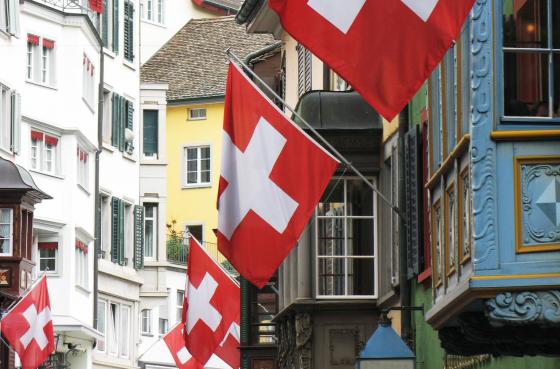
Singapore outperforms the rest of the world in the OECD’s latest PISA survey, which evaluates the quality, equity and efficiency of school systems. The top OECD countries were Japan, Estonia, Finland and Canada.
The OECD’s PISA 2015 tested around 540,000 15-year-old students in 72 countries and economies on science, reading, maths and collaborative problem-solving. The main focus was on science, an increasingly important part of today’s economy and society.
- Nearly 20% of students in OECD countries, on average, do not attain the baseline level of proficiency in reading. This proportion has remained stable since 2009.
- On average across OECD countries, the gender gap in reading in favour of girls narrowed by 12 points between 2009 and 2015: boys’ performance improved, particularly among the highest-achieving boys, while girls’ performance deteriorated, particularly among the lowest-achieving girls.
- More than one in four students in Beijing-Shanghai-Jiangsu-Guangdong (China), Hong Kong (China), Singapore and Chinese Taipei are top-performing students in mathematics, a higher share than anywhere else.
School performance
- How much time students spend learning and how science is taught are even more strongly associated with science performance and the expectations of pursuing a science-related career than how well-equipped and staffed the science department is and science teachers’ qualifications.
- Students in larger schools score higher in science and are more likely than students in smaller schools to expect to work in a science-related occupation in the future. But students in smaller schools reported a better disciplinary climate in their science lessons and they are less likely than students in larger schools to skip days of school and arrive late for school, after accounting for schools’ and students’ socio-economic status.
- Thirty countries and economies used grade repetition less frequently in 2015 than in 2009; in only five countries did the incidence of grade repetition increase during the period. The use of grade repetition decreased by at least 10 percentage points in Costa Rica, France, Indonesia, Latvia, Macao (China), Malta, Mexico and Tunisia.
For further information, journalists should contact the OECD Media division (tel. + 33 1 45 24 97 00).
Other launch events taking place include: Paris with Gabriela Ramos, OECD Chief of Staff and G20 Sherpa, and Najat Vallaud-Belkacem, French Education Minister; Brussels with Douglas Frantz, OECD Deputy Secretary-General, and Tibor Navracsics, European Commissioner for Education, Culture, Youth and Sport; Berlin with Heino von Meyer, OECD Head of Berlin Centre and Cornelia Quennet-Thielen, State Secretary at the Federal Ministry for Education and Research; Rome with Francesco Avvisati, OECD PISA analyst, and Anna Maria Ajello, president of INVALSI; and a webinar for Latin American media with OECD Chief of Staff and G20 Sherpa Gabriela Ramos.
The report, together with country analysis, summaries and data, is available at www.oecd.org/pisa/
Read, share, link or embed PISA 2016 Results: Excellence and Equity in Education on your website
Test your skills online by answering some PISA 2016 science questions
For more information on the new PISA Online Programme for School Improvement, see www.pisa4u.org
